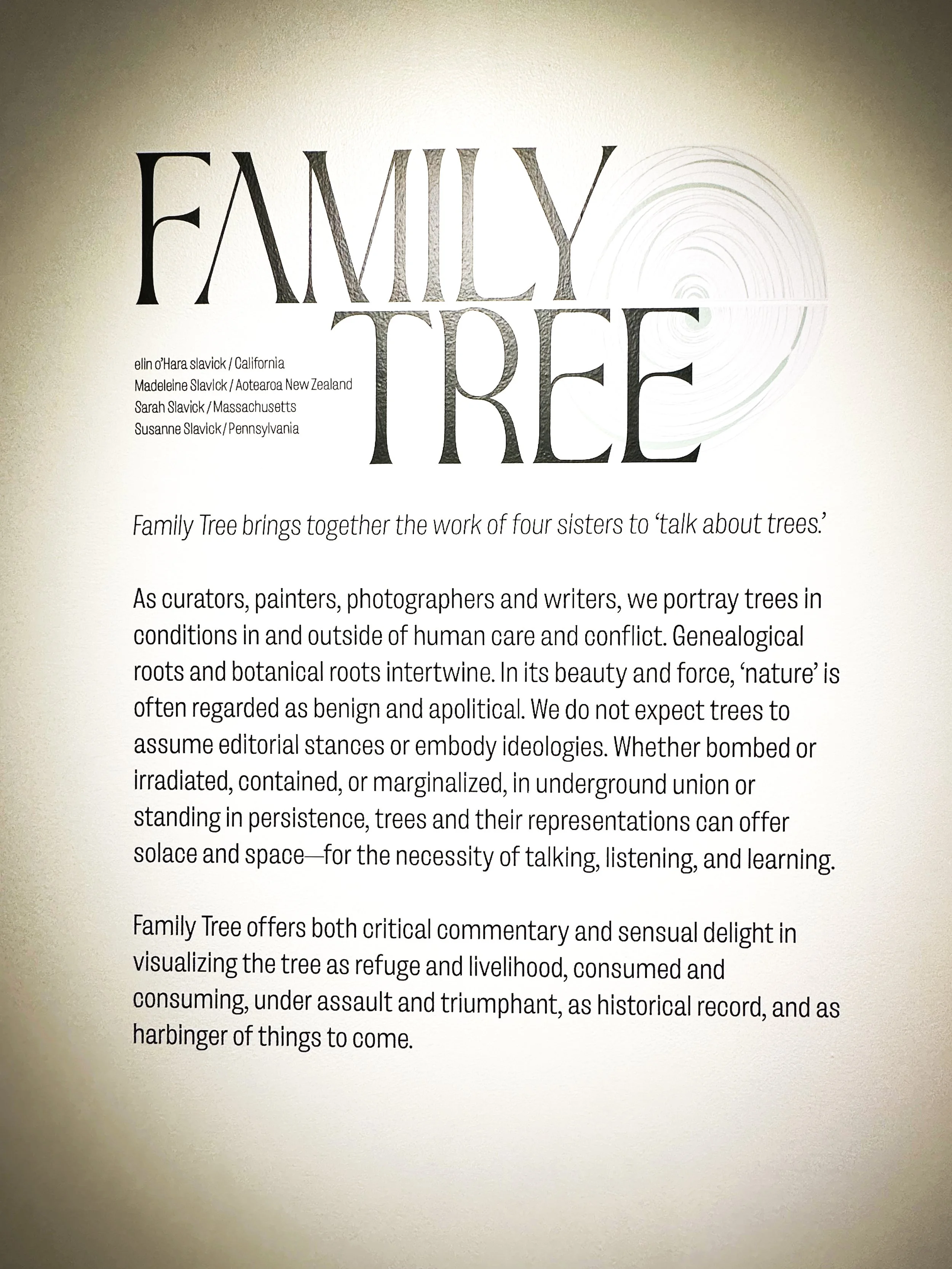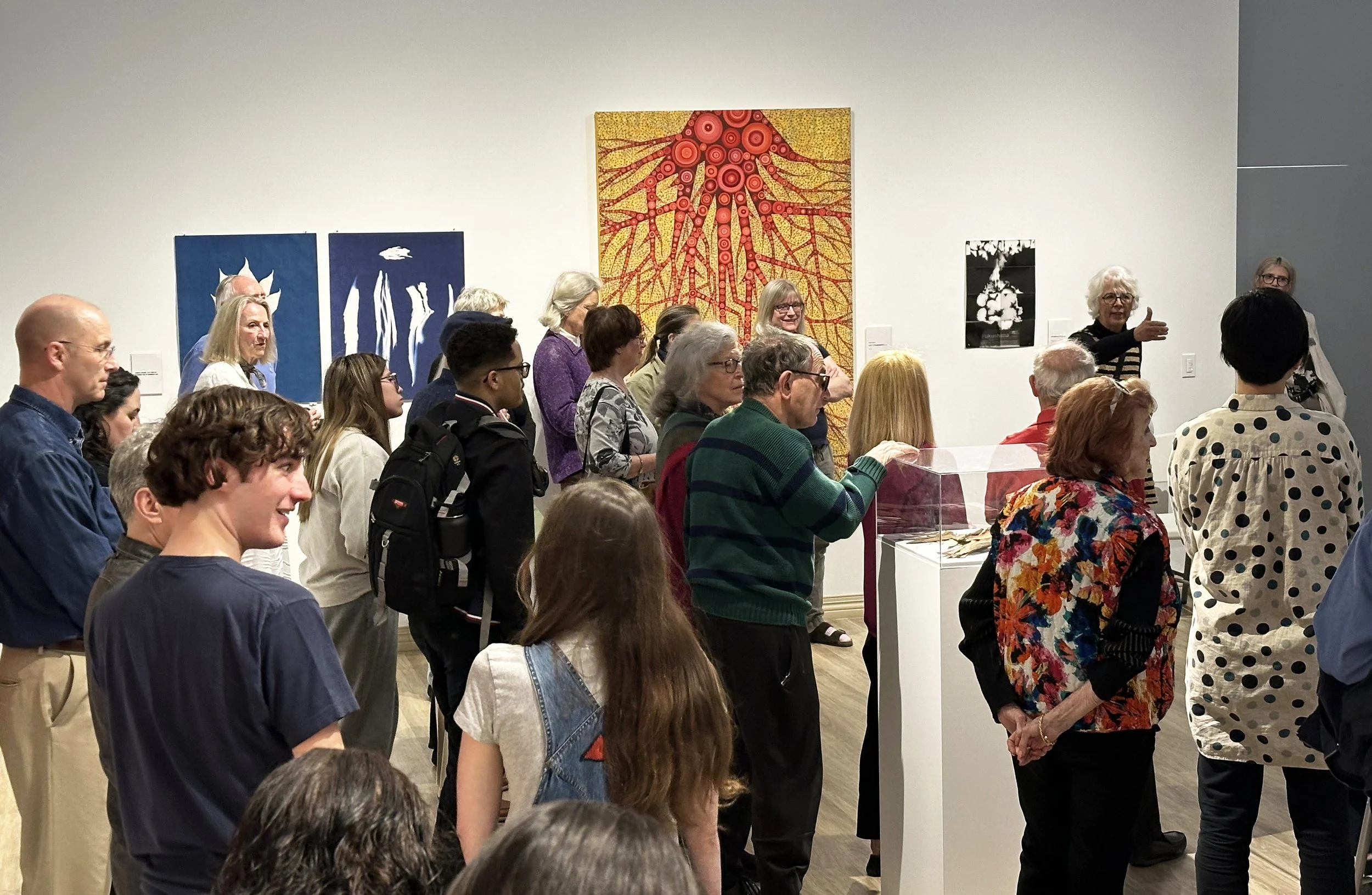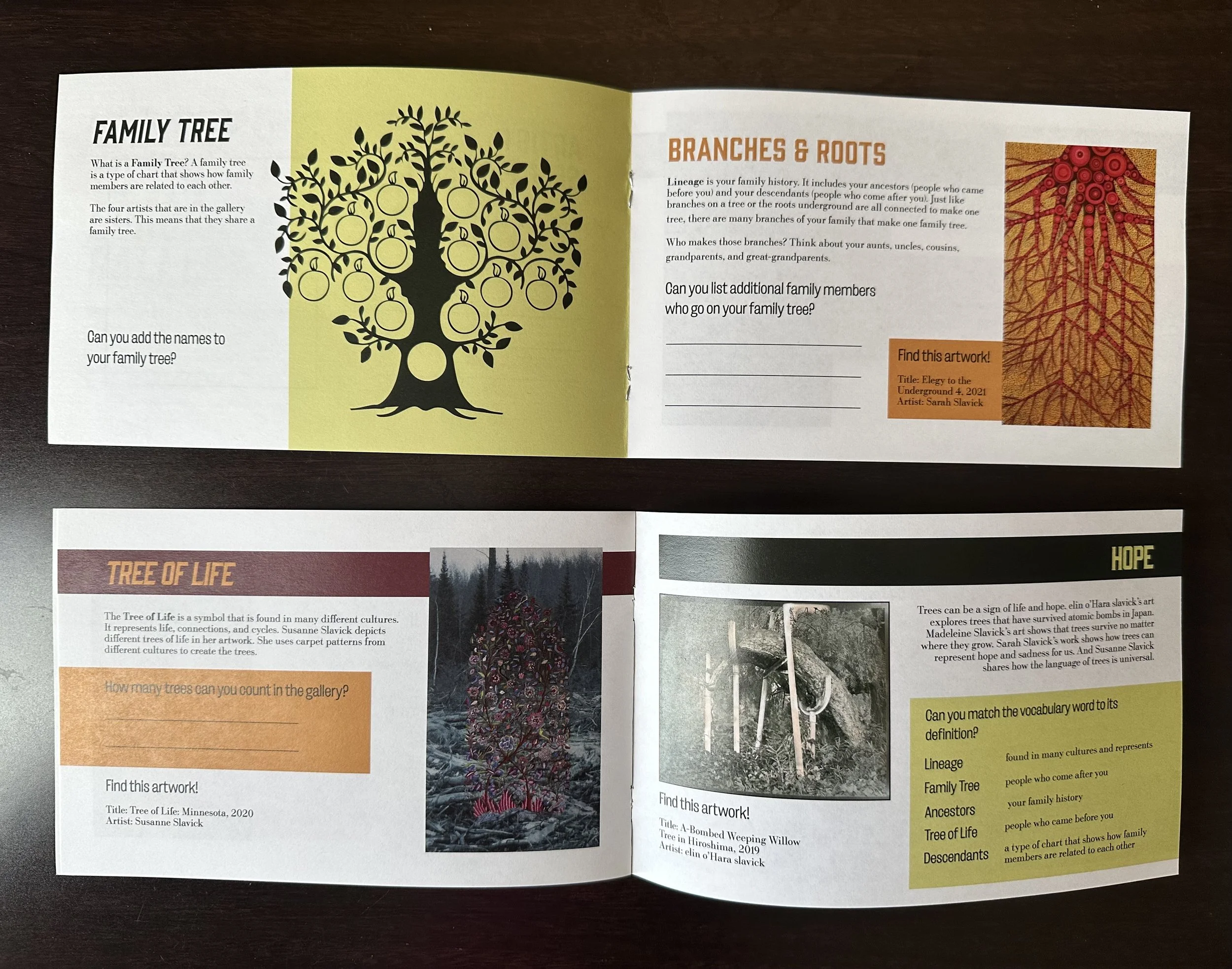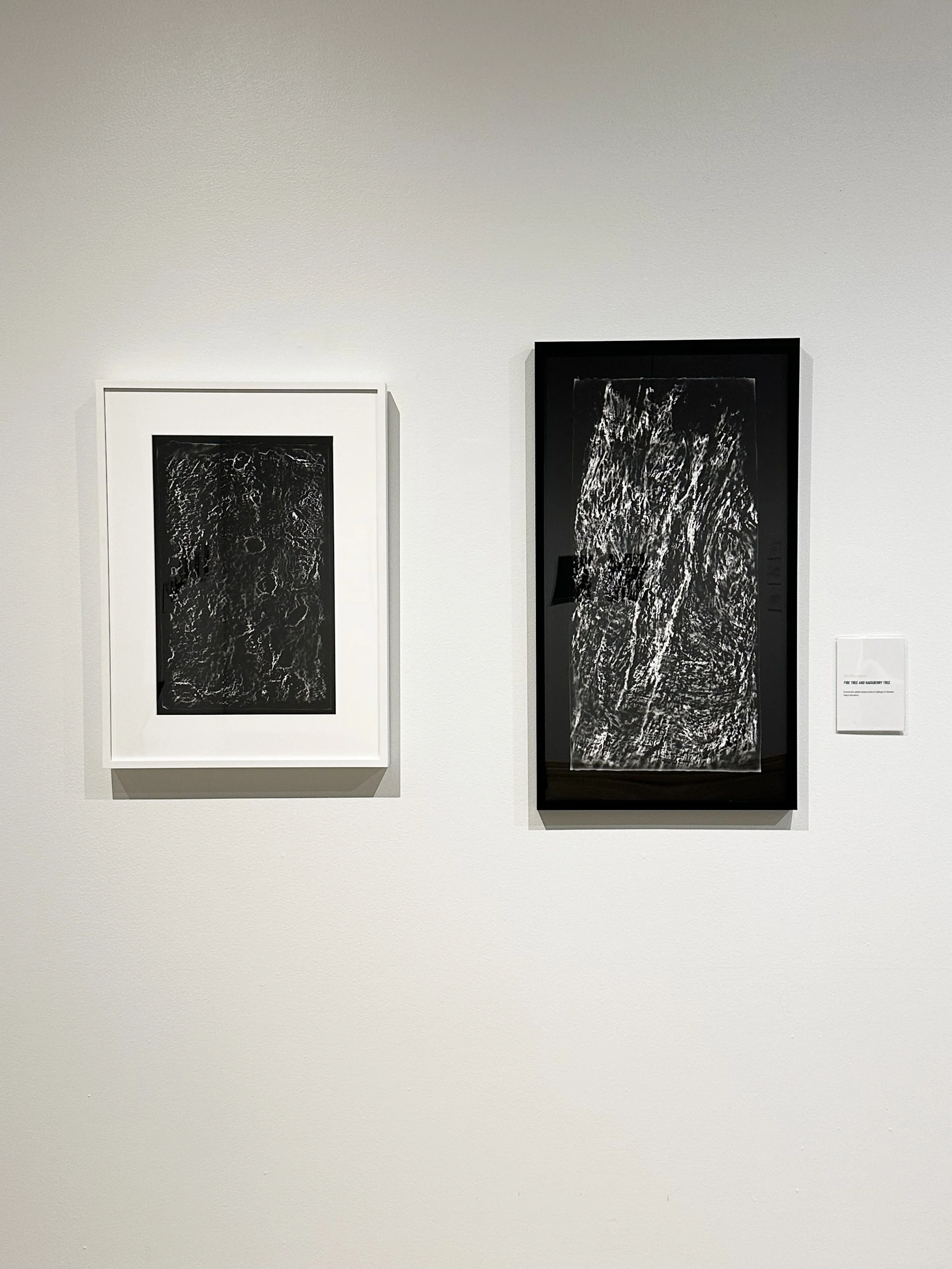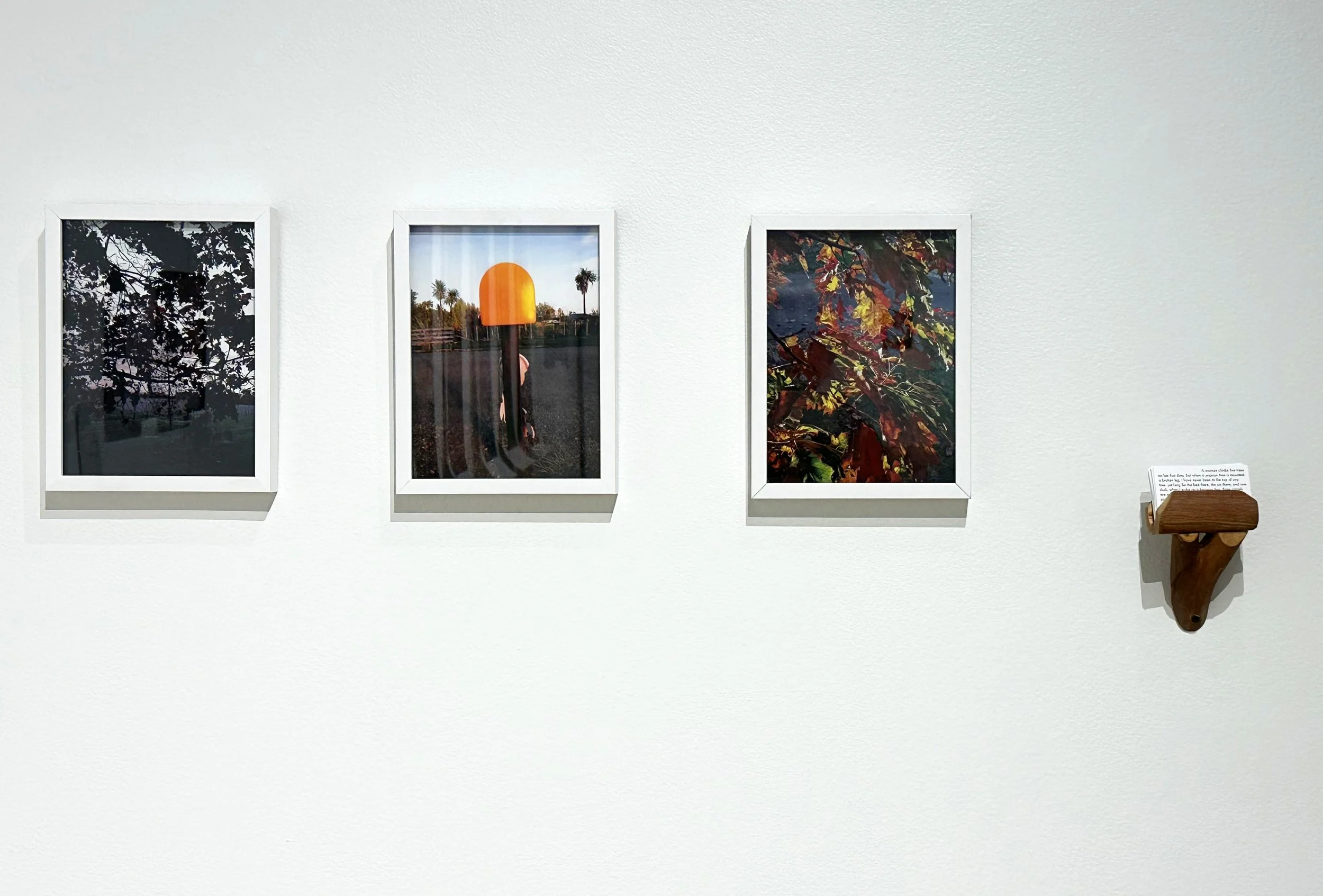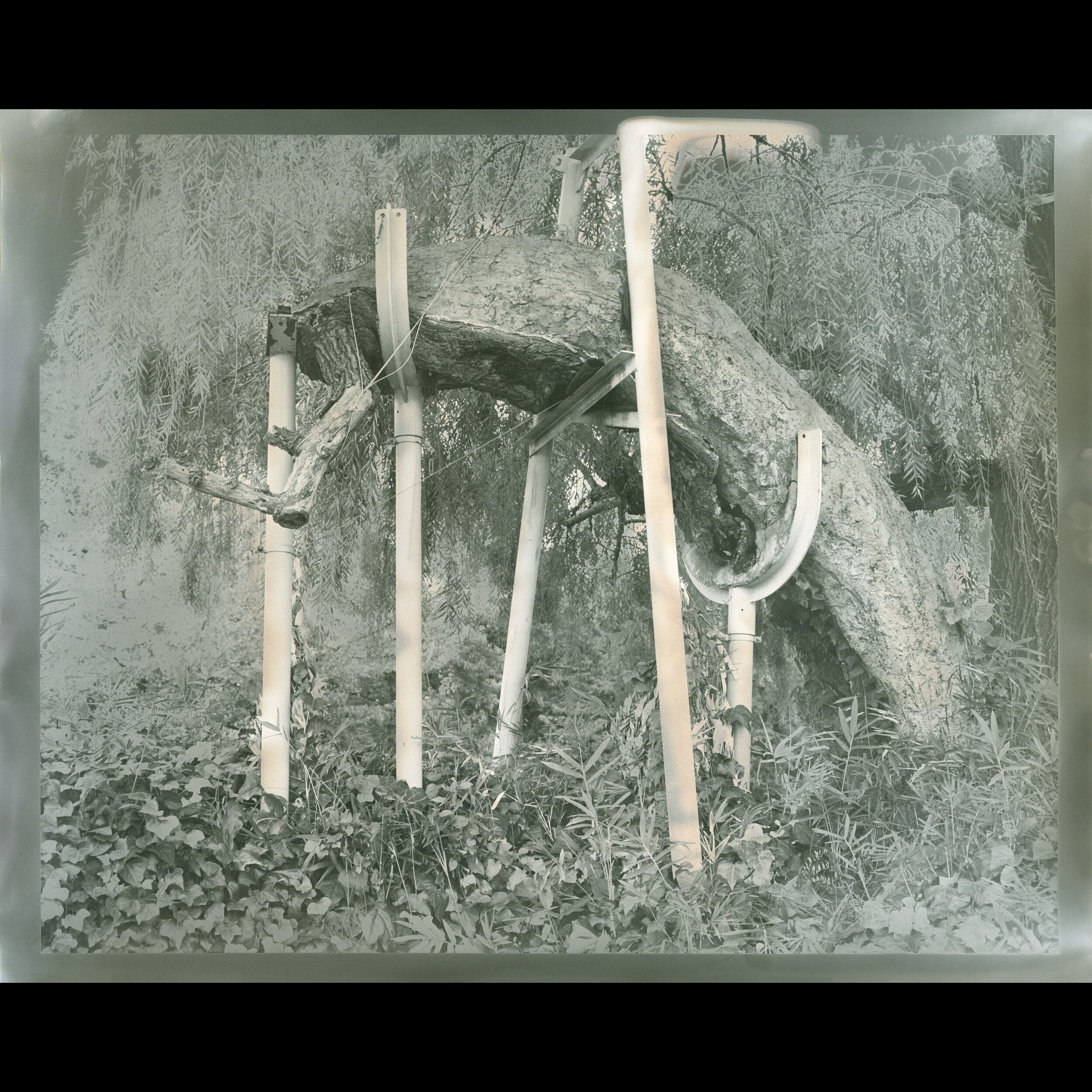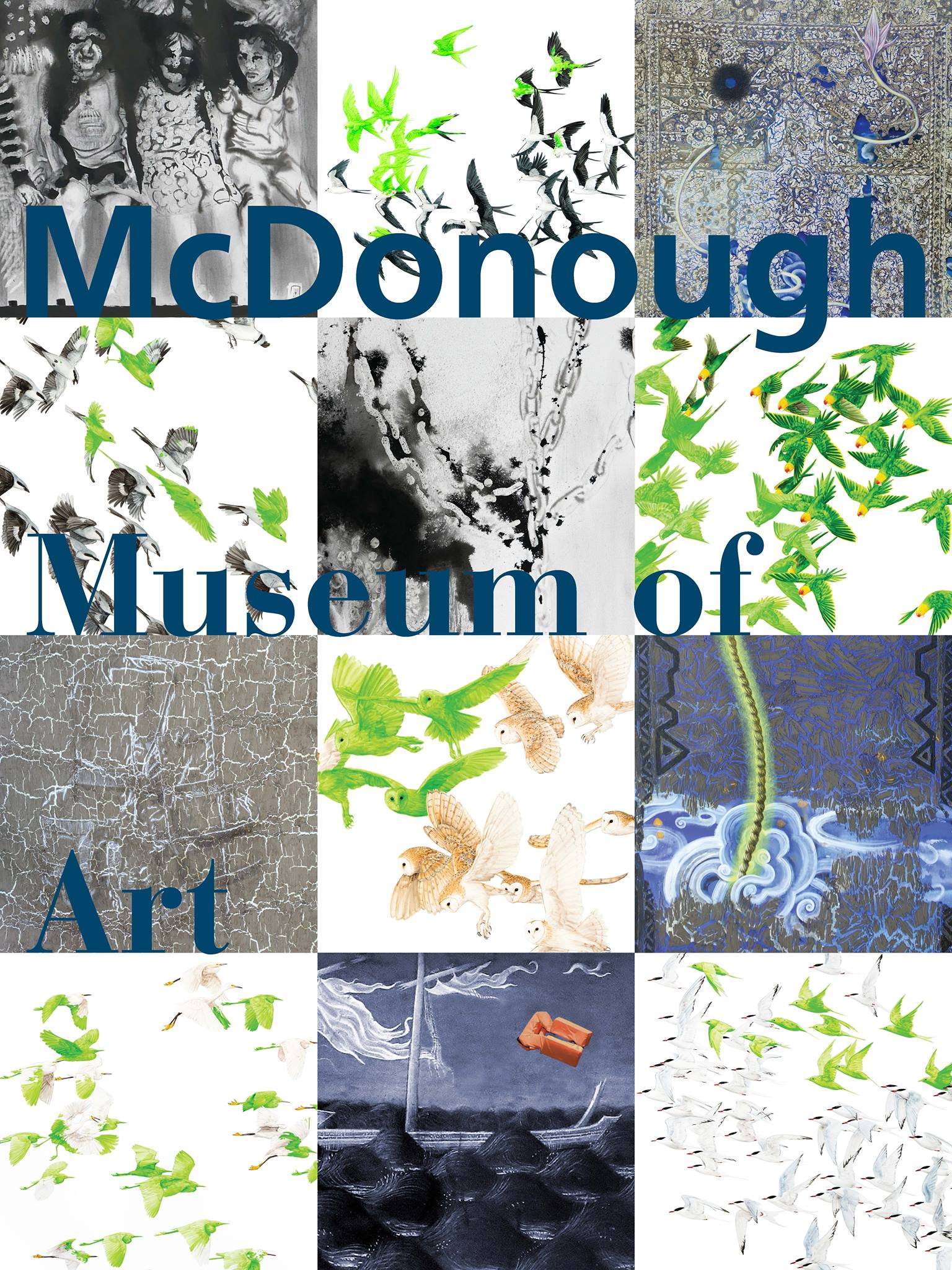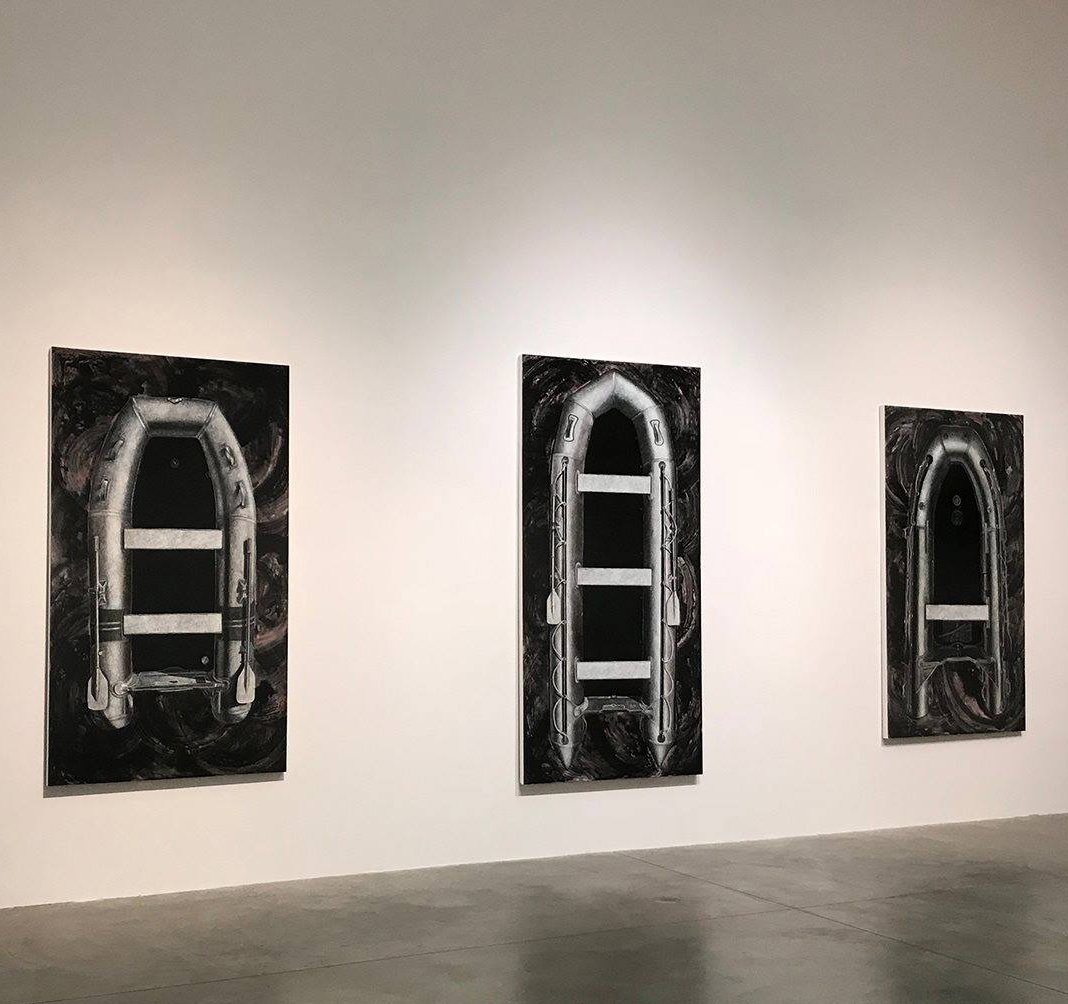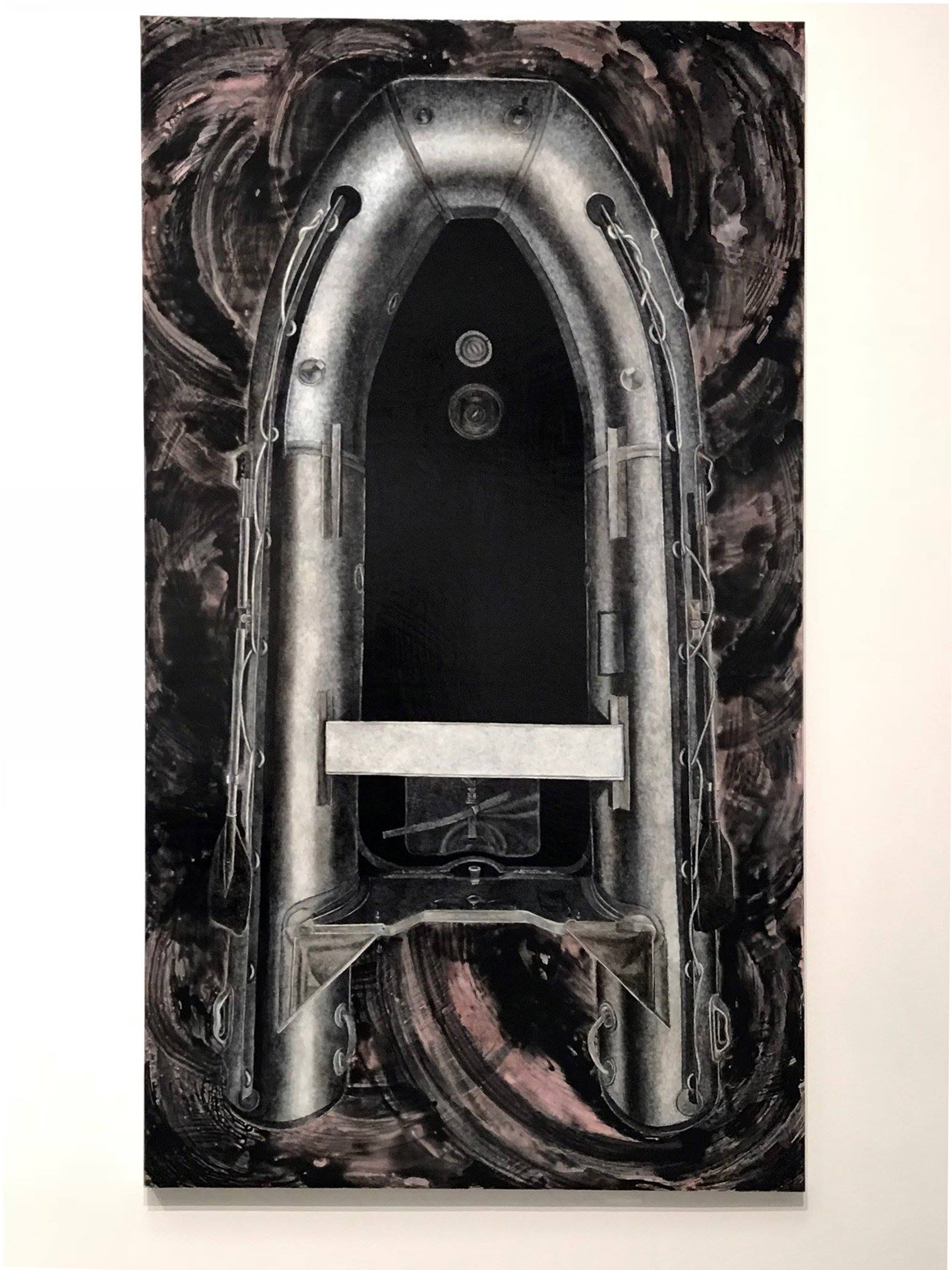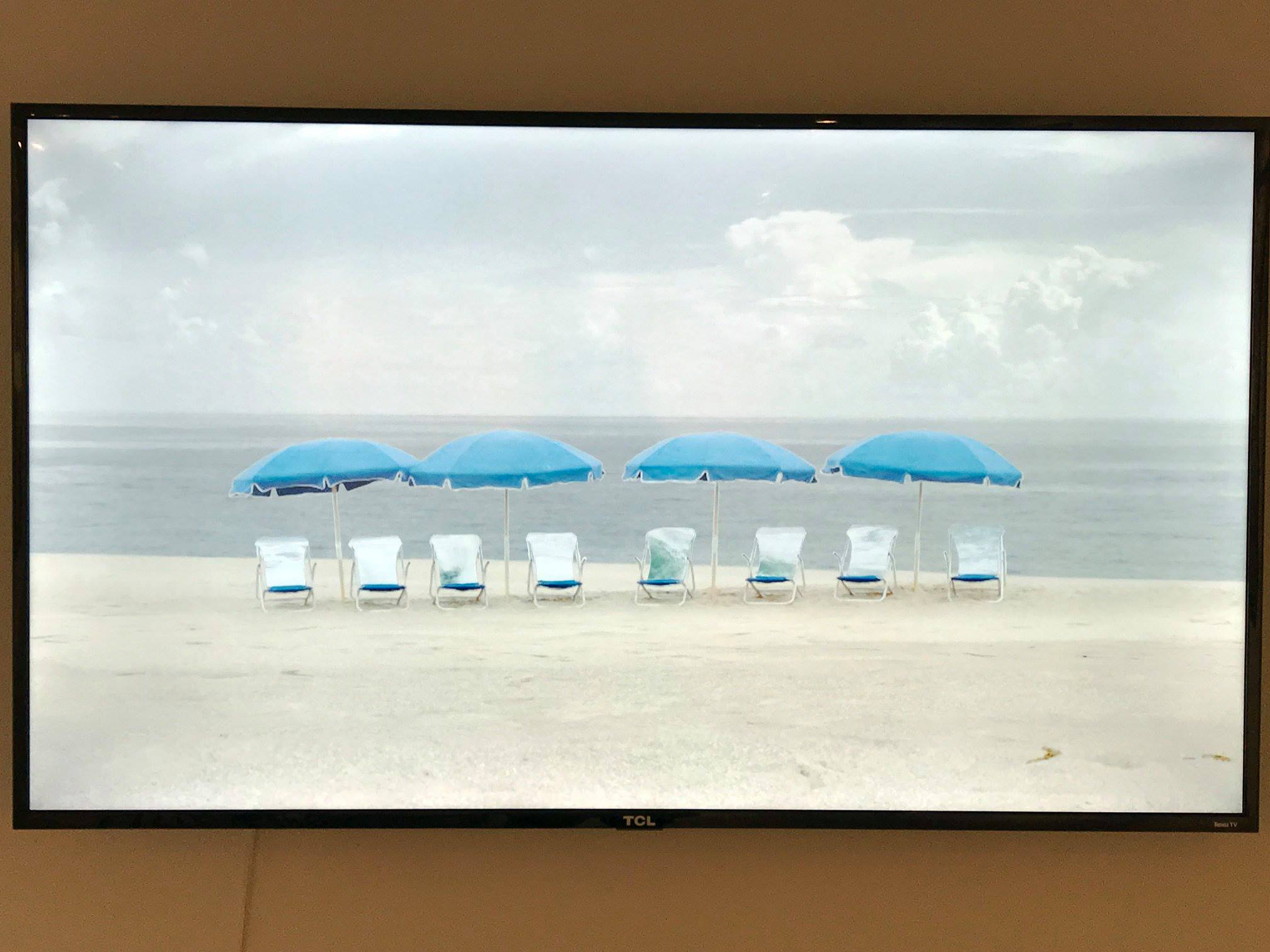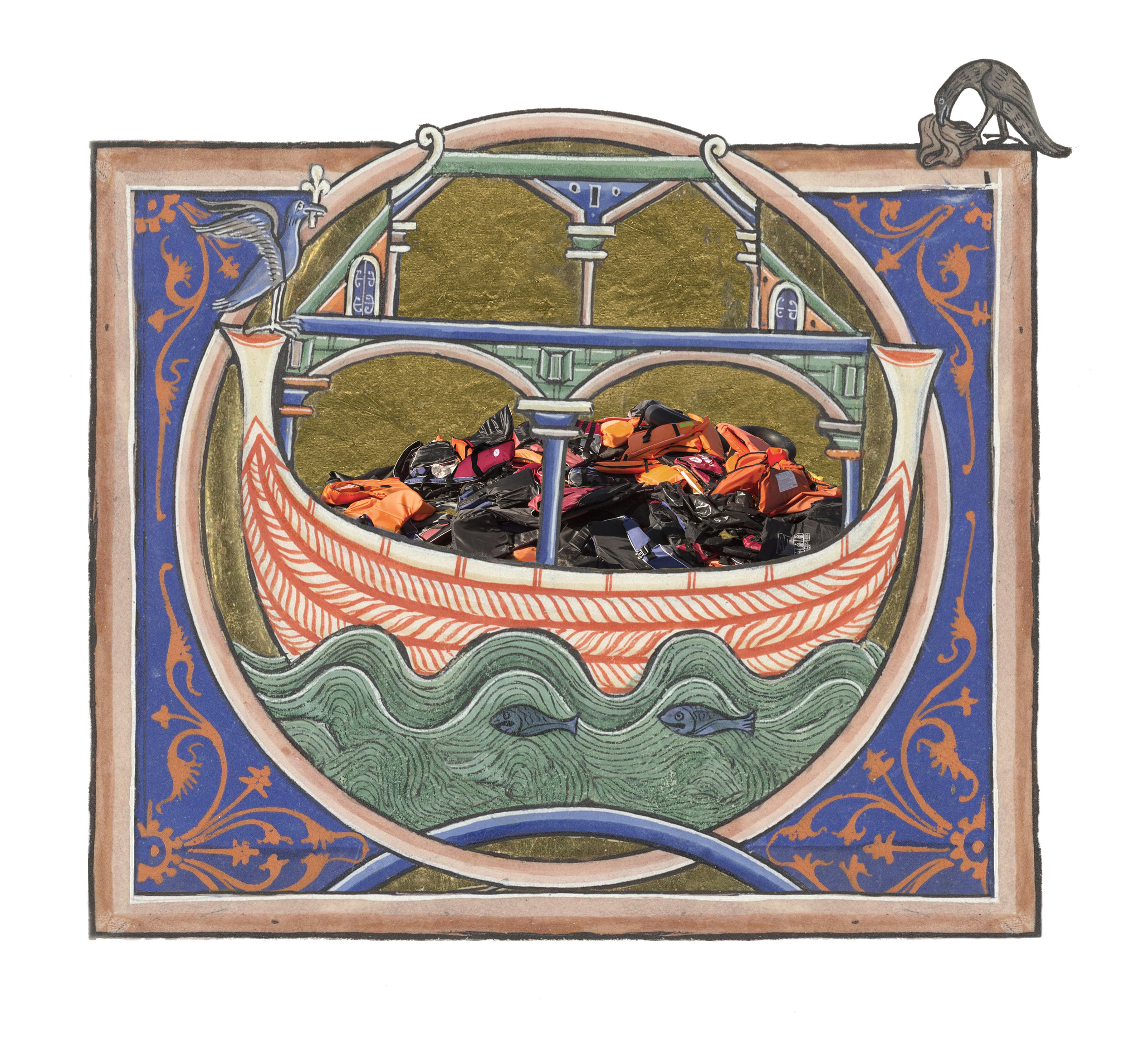Opening 11 December 5pm EST / 12th December 11am NZDT
MEDIA RELEASE
Four sisters exhibit together in Masterton and Auckland, New Zealand
Aratoi Museum of Art and History, with support from Masterton Creative Communities, presents Family Tree Whakapapa, featuring the work of four sisters: elin o’Hara Slavick (Chapel Hill, North Carolina, USA), Madeleine Marie Slavick (Wairarapa, New Zealand), Sarah Slavick (Boston, Massachusetts, USA) and Susanne Slavick (Pittsburgh, Pennsylvania, USA).
As curators, painters, photographers and writers, all have incorporated images of trees in social, political and environmental conditions — trees that stand as refuge and livelihood, consumed and consuming, under assault and triumphant, as historical record and as harbinger of things to come. The exhibition offers perspectives both unsettling and soothing as nature increasingly reflects salient issues of our times.
“Aratoi is honoured to exhibit this body of work, by a family of accomplished artists whose work spans the globe,” says Aratoi Director Susanna Shadbolt. “We are also pleased to publish a full-colour publication, with artwork by the four sisters, an essay by historian and theorist of contemporary art Katherine Guinness (USA), and a poem by Wairarapa kaimahi Rawiri Smith. The cover, pictured above, features an oil painting by Sarah Slavick.”
Family Tree Whakapapa opens on Saturday 12th December with an artist talk at 11am – with Madeleine present and her sisters joining online from the United States. The exhibition runs at Aratoi until 14 February 2021. It will then travel to Wallace Arts Centre in Auckland from 20 April - 13 June, 2021.
In its beauty and bounty, nature is often regarded as benign and apolitical. We do not expect a tree to assume an editorial stance or embody ideology. The conceptual, analytical and sensual intersect in Family Tree Whakapapa with works that probe the multitude of relations within and between trees and humans. Branching out to, and from, the world, the artists address a variety of concerns.
Based on her experiences in Japan, elin o’Hara slavick presents photographic works that bear witness to the ongoing aftermath of atomic bombs in Hiroshima and Nagasaki and the nuclear power disaster in Fukushima.
Madeleine Slavick’s photographs reveal dichotomies and their collapses in our experience of nature in environments both rural and urban—they decry the marginalization of trees.
Sarah Slavick’s paintings explore the underground life of trees in an elegiac series that conveys both grief and hope, for what is threatened and for what might survive through possible strategies that trees offer—for all species on the planet.
Susanne Slavick hand paints trees derived from ‘tree of life’ carpet designs over printed scenes of environmental destruction and depredation. These trees do not lie down like doormats; they rise up and persist, suggesting the possibility of recovery.
The artists have also made recordings of poems related to the exhibition’s themes; visitors may listen around a live tree in the gallery, while Madeleine Slavick’s poem ‘one leaf, one moment | Kotahi ake te rau, kotahi ake te wā’ acts as entrance and exit. (The translation is by Rawiri Smith.)
The artists acknowledge support from Masterton Creative Communities, as well as the City of Boston, College of Fine Arts at Carnegie Mellon University, Hiroshima City University, Hiroshima Peace Memorial Museum, The Japan Society for the Promotion of Science, and Lesley University.
GALLERY STATEMENT:
FAMILY TREE WHAKAPAPA
In a 1940 poem, Bertolt Brecht asked:
What kind of times are they, when
To talk about trees is almost a crime
Because it implies silence about so many horrors?
In a 1995 poem, Adrienne Rich answered:
.....so why do I tell you
anything? Because you still listen, because in times like these
to have you listen at all, it's necessary
to talk about trees.
Family Tree Whakapapa brings together the work of four sisters to ‘talk about trees.’
As curators, painters, photographers and writers, we portray trees in conditions in and outside of human care and conflict. Genealogical roots and botanical roots intertwine.
In its beauty and force, ‘nature’ is often regarded as benign and apolitical. We do not expect trees to assume editorial stances or embody ideologies. Whether bombed or irradiated, contained or marginalised, in underground union or standing in persistence, trees and their representations can offer solace and space—for the necessity of talking, listening and learning.
Family Tree Whakapapa offers both critical commentary and sensual delight in visualizing the tree as refuge and livelihood, consumed and consuming, under assault and triumphant, as historical record, and as harbinger of things to come.
VIDEO TALKS by the artists
PRESS LINKS:
Sisters add Whakapapa to work, Wairapapa Times-Age, May 5, 2021
Family Tree Whakapapa, CAA News Today, CWA Pick for April 2021, April 27, 2021
Family Tree Whakapapa, Love in the Time of Covid: A Chronicle of the Pandemic, December 2020
Monday Artpost, December 28, 2020
“Family Tree Whakapapa” PhotoForum, December 19, 2020
Becky Bateman, “Family Tree Whakapapa”, Wairarapa Midweek, December 16, 2020, p.14
PHOTOS OF OPENING



